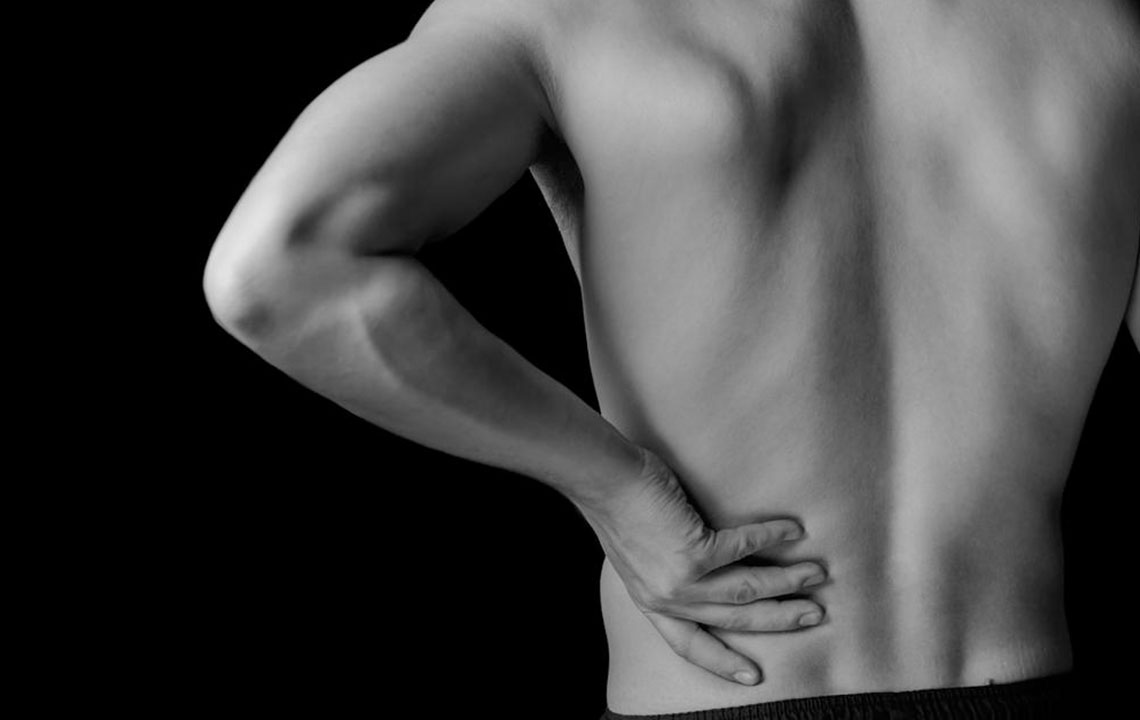Effective Tips to Prevent Lower Back and Hip Pain

The hip is closely attached to the lower back by nerve referral. Normally the pain occurs at the lower back arises from the muscles that connect the back to the hip, or from the ligaments that connect the back and the pelvis. The pain may also arise from the act of impinging the nerve from the lumbar spine.
Causes of lower back and hip pain
When the gluteal muscle becomes stiff and overactive, it results in excess strain on the lower back. A person, who has to sit and work for a long period of time, tightens the muscles at the lower back. This is due to poor sitting posture and not stretching the body for a long time. If there is an injury on the gluteal muscle at any point of time, it may also result in such lower back pains. If the injury is not treated properly at that time, the injury may later tighten the muscle and can give hardship to the body. Sometimes the hold of the ligaments around the buttocks and pelvis may give the same kind of lower back pains. This area is also referred as sacroiliac joint. Due to the link of the lower back to the hip, such pain is felt at the hip. The treatment is done on the ligament which is strained. The lower back and the hip is a combination of some of the complex components, so the cause of pain at the hip can be for various reasons. Depending on the location of the pain, proper treatment can be started. Chronic hip pain can last more than six weeks. If the patient is suffering from arthritis, then the surface of the socket at the hip tends to become uneven resulting in impaired movement and the result will be an arthritic hip pain. Physiotherapy is the first option recommended by many specialists to deal with such pain. If that doesn’t heal, there is no other option other than surgery if everything else does not work. Mechanical issues or soft –tissue injuries can also lead to lower back and hip pains. This can damage intervertebral discs and compression of nerve roots, there are some alarming causes of back pains. In rare cases, the back pain can be a warning sign of development of cancer. Sometimes spinal cord damage can raise such back pain.
Easy home remedies to deal with lower back and hip pains
Some of the home remedies to give quick relief from the lower back pain can also be applied. Nothing can be good enough than taking rest and stop doing such work which can create trouble to the affected area. Applying ice can also be a good option since ice can reduce the inflammation and give relief with minutes. Wrap a few cubes of ice in a towel or simply use an ice pack, keep rubbing the same at the affected part of the body for 10 to 15 minutes, this will reduce the pain. Wrapping of thick ace bandage around the hip also gives quick relief.
Such lower back pain can occur to anybody at any age. People working in the office on computers have to sit over a long period of time in the same posture so that can also cause the pain. Also, older people suffer from lower back and hip pain as there’s a shortage of fluids at the joints which cause the bones to collide with each other. It is for this reason free hand exercise or yoga is very beneficial to avoid such pain. People who work at the office often develop such pain because they have to sit over a long period causing the hip to sustain the body weight for a long time. Make sure you give your body the exercise it needs. You can take a stroll around your office during break time.
Normally a person ignores such pains at a younger age and carries on with the regular work, but these may cause trouble in the future and it may result in serious damage to the hip. A proper way of stretching the body at regular interval is a good exercise. Apart from this, it is always good to do some freehand exercise especially for young people, doing freehand exercise can prevent a series of health issues. An individual going through this pain must consider going for yoga as it may improve the flexibility of the joints and the body, relieving the lower back and hip pain. A daily workout is also a good alternative and can cure any form of pain. Yoga can be done at any age. But with proper instruction, any kind of exercise has to be done. Otherwise, doing the wrong exercise can also create any problem and can cause damages to the joints. Exercise involves the movement of all the body parts especially the legs and the hip, this can prevent lower back and hip pain to occur in the future. Physiotherapy and excercises help to make your body active.


